The Gibsons Regatta also known as the Howe Sound Regatta started in 1929 and would rotate between Hopkins Landing, Gibsons Landing and Granthams Landing, continuing until just after the end of World War II. The Regatta would last a couple days as people came together to enjoy summer games, including canoe tilting, balloon race, costume parade, and my personal favorite: the canoe pillow fight. There were also many more fun games, activities, and a spirit of friendly community competition.
With Sea Cavalcade ending in 2018, new ideas surfaced on what to replace it with. In 2019 there was the Lantern Festival; but plans were put on hold by the Covid-19 pandemic. Now that the pandemic is behind us, there have been talks of starting something new with Oceans Fest, which is planned for the summer of 2025. We will have to wait and see how that goes as we look to the future of Gibsons summer celebrations!
In the meantime, you can venture further up the Coast to celebrate Creek Daze in Roberts Creek, syiyaya Days in Sechelt, the Halfmoon Bay Fair, April Tools in Pender Harbour, and if you're feeling adventurous you could head out to the Powell River logger sports.









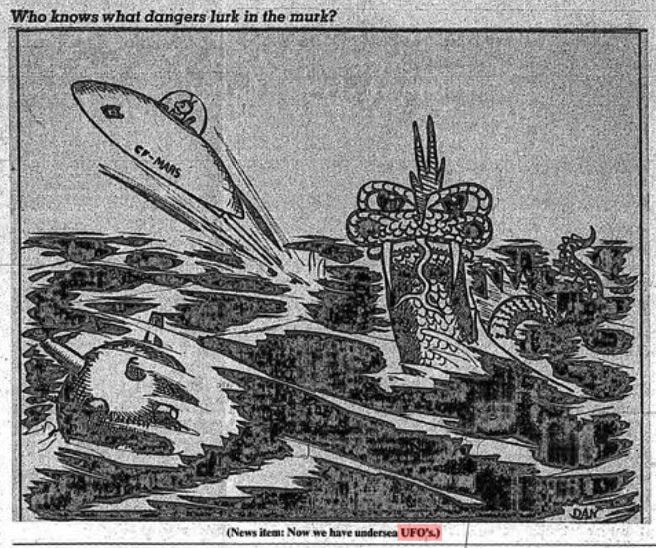
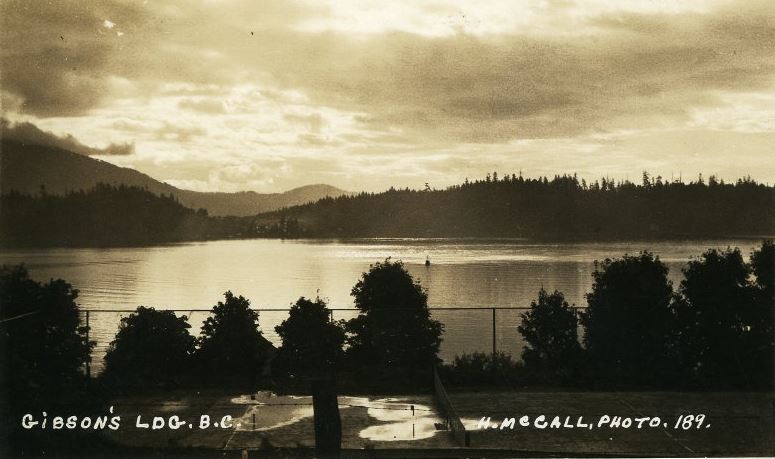

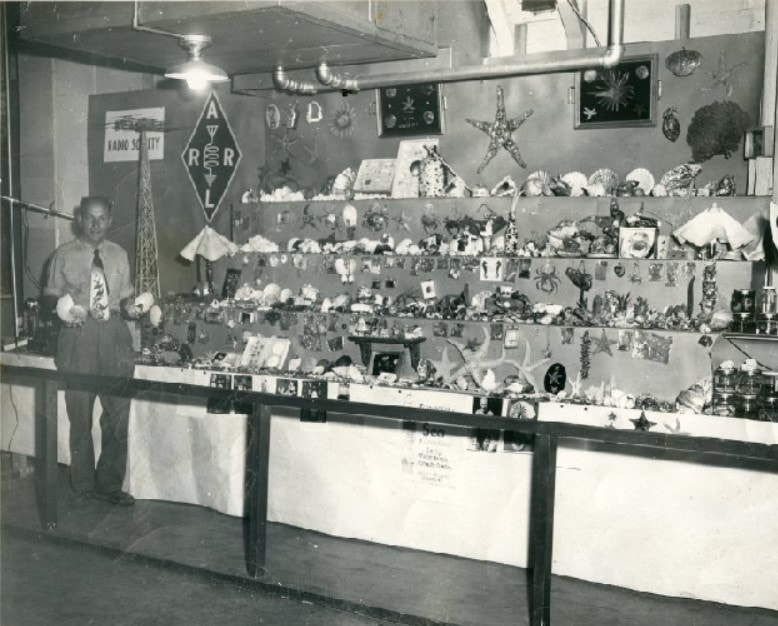


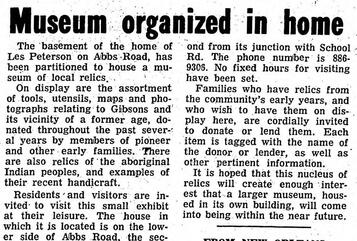

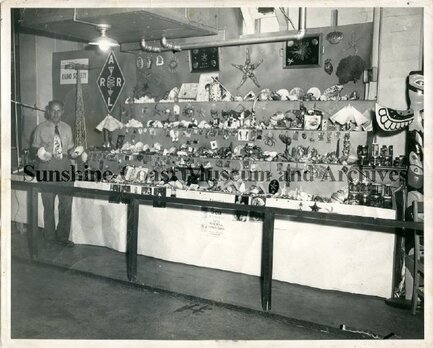
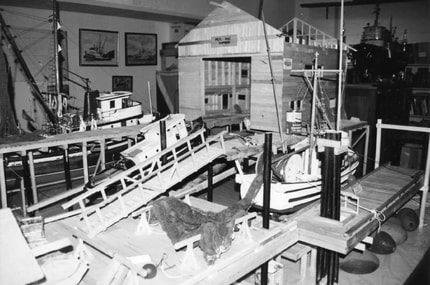


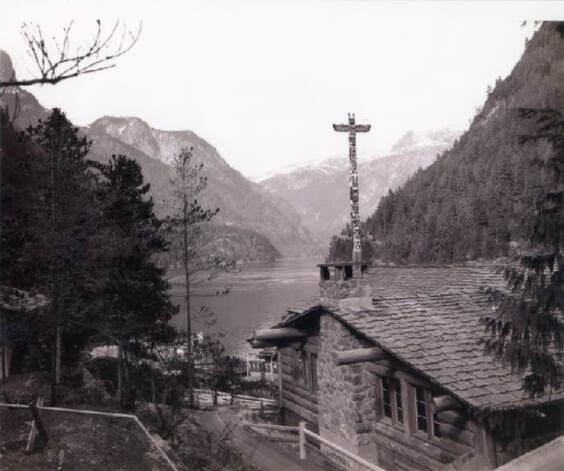




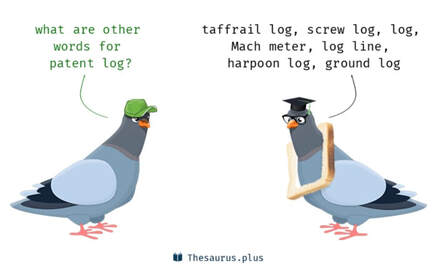
 RSS Feed
RSS Feed
